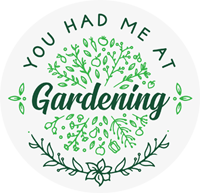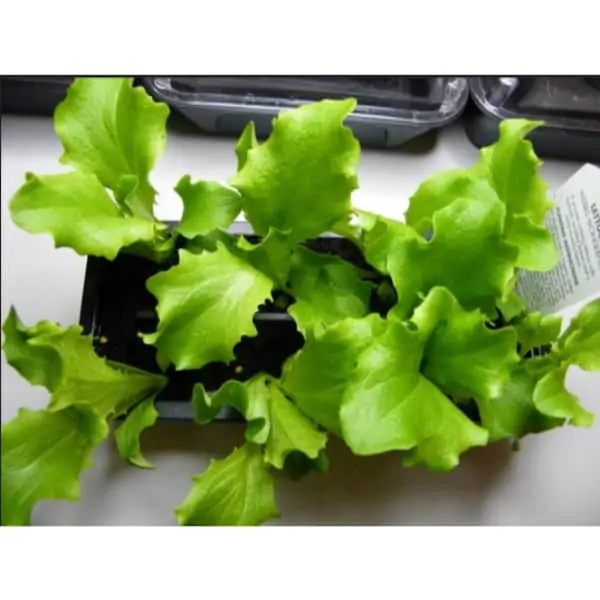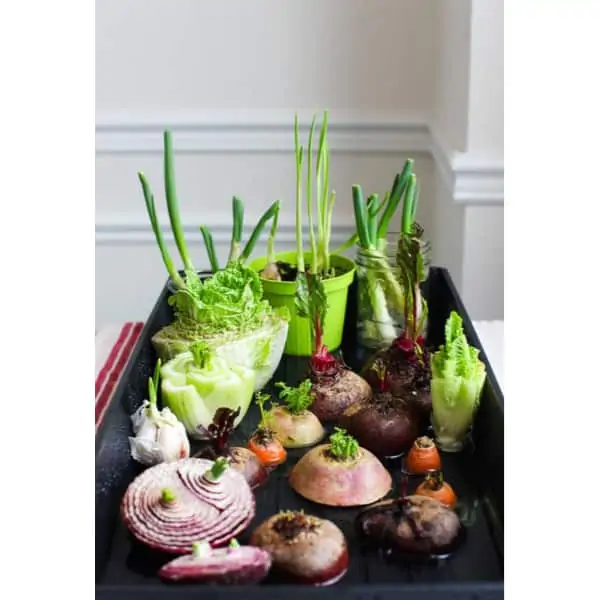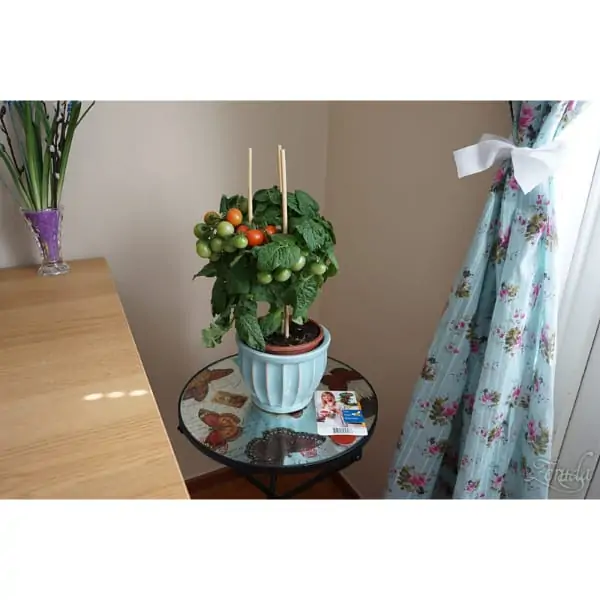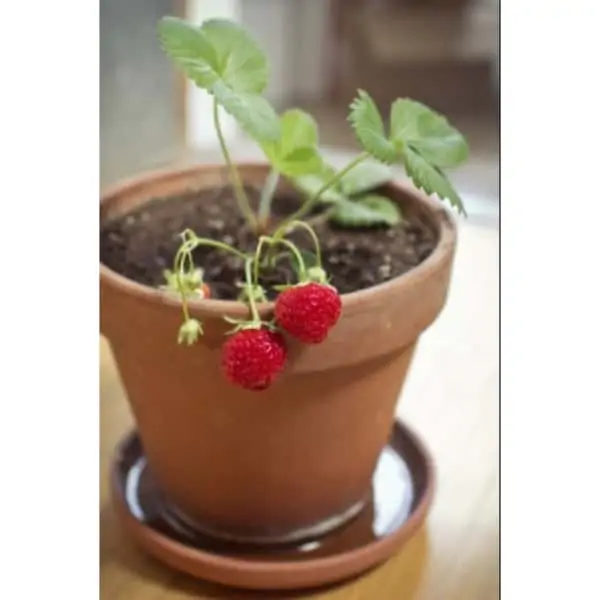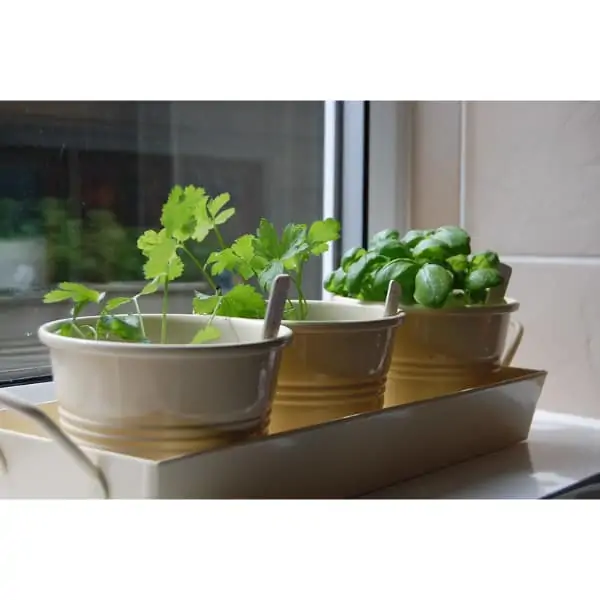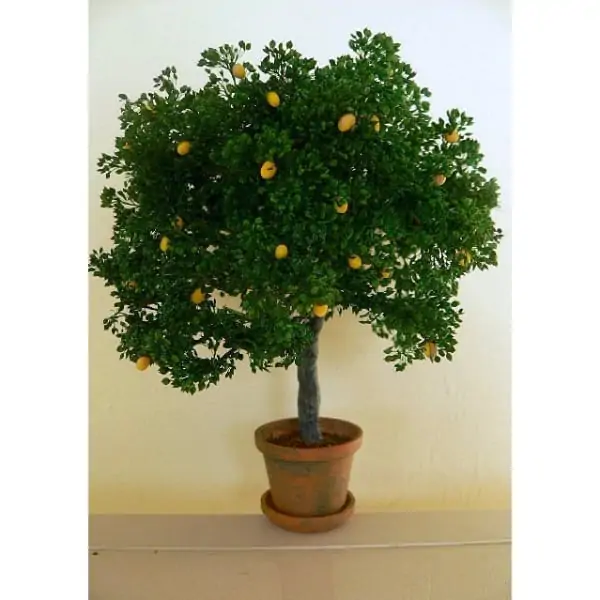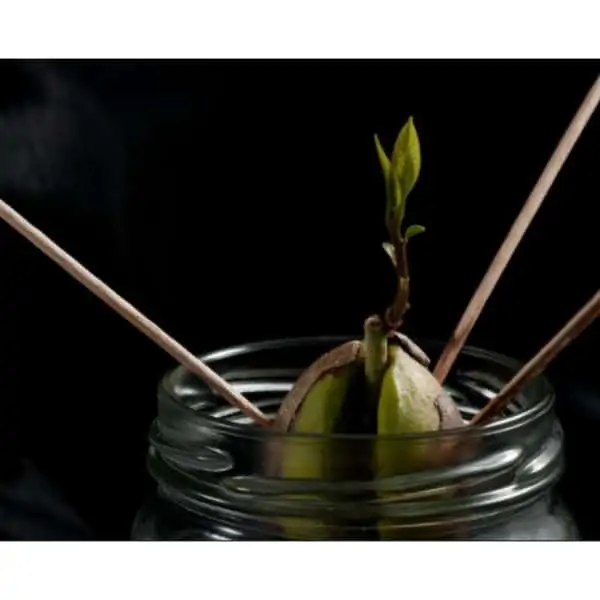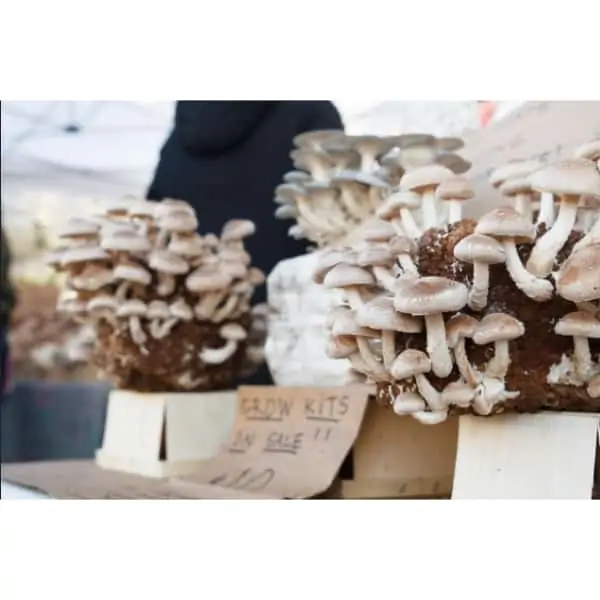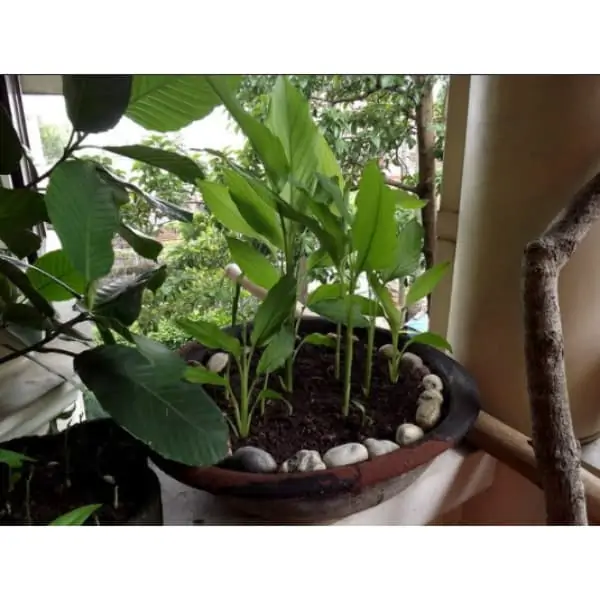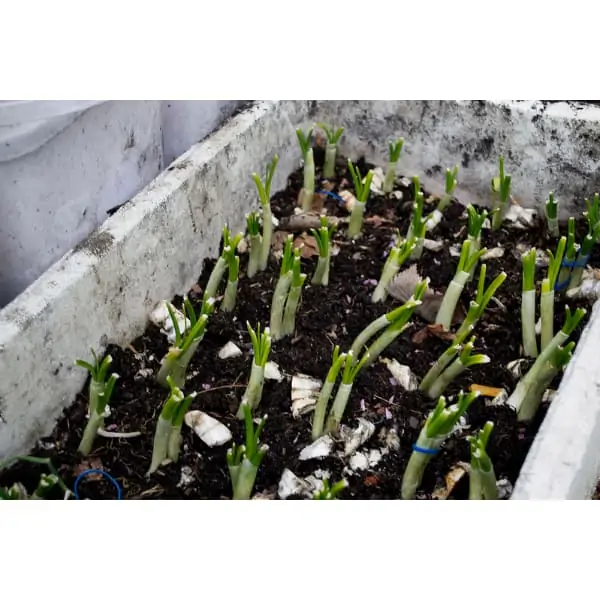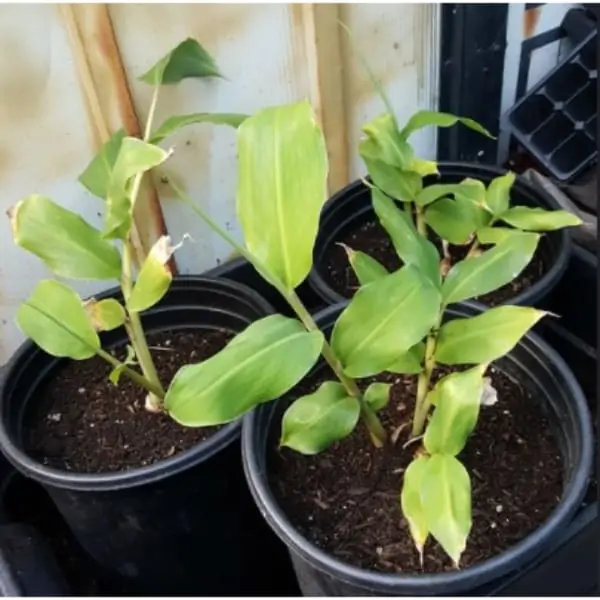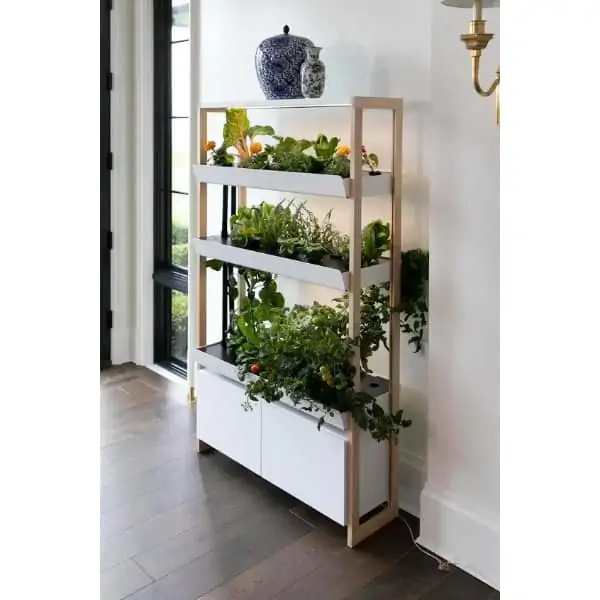Indoor Vegetable Garden Plants You Can Grow Right Now
Try your hand at growing fresh vegetables and fruit in your own home! Here are some ideas of what you can grow.
Why Grow An Indoor Vegetable Garden?
There are so many good reasons to grow a veggie garden! You can have fresh greens for your salads and seasoning, and growing them indoors means they will grow all year round. Besides, there is a certain pride in telling your friends you grew the salad yourself, or that the main course tastes so good because it is seasoned with fresh leaves.
Some vegetables are easy to grow, so this could be a great beginning to plant keeping, or a fun experiment to do with kids. There are psychological benefits to having a small indoor garden, too! But eventually, the only reason that actually matters is that you want to do it!
Plant Ideas For Your Indoor Vegetable Garden
1. Tomatoes
Cherry tomatoes are among the easiest plants to grow indoors. With a little care and maybe some help from a vegetable-specific organic fertilizer, they will give you sweet, delicious tomatoes in just a few weeks. And they will keep yielding constantly for a while. Some species have small plants too, so they are perfect for a small space!
Care
Light: full sun
Water: consistently; keep the soil moist but not soggy
Soil: rich; might need fertilization
Temperature: room temperature, away from heating vents
2. Strawberries
They are undeniably classified as fruit, but strawberries have always had a place in vegetable gardens. And while you won’t get enough from a single plant to eat your fill, I promise they will be the best strawberries you have ever tasted! Besides, they make great decorative small indoor plants to fit in any corner of your apartment!
Care
Light: full sun to part shade
Water: keep the soil moist
Soil: rich, well-draining
Temperature: 70-85°F (21-30°C)
3. Herbs for your indoor vegetable garden
No respectable gardener skips on these best herbs to grow! Having aromatics fresh on hand will improve the taste of your dishes and your mood. They are good decoration too, and you can keep them as centerpieces on a well-lit table! Rosemary, for example, is a popular Christmas decoration plant, and basil makes a great addition to summer lemonades.
Care
Light: full sun
Water: depends on the individual herb
Soil: well-draining, sandy
Temperature: room temperature
4. Lemons
It may be a difficult task to grow a lemon tree, but with patience, a bit of help, and some care, you will be successful! Get your tree as a sapling and in a few years, you will be able to enjoy your first fully home-made lemonade! Until then, you will have a lovely fragrant tree growing in your home.
Care
Light: at least 8 hours of direct sunlight
Water: constant, but not let it stagnate
Soil: rich, well-draining
Temperature: indoor temperatures, keep away from air conditioning and heating
5. Avocado tree
You can start your avocado tree as soon as you get a seed out of the fruit. At first, they grow in water, so you don’t have to worry about soil until a few weeks down the line. It will take years and years to get any kind of yield out of it, but it can be fun to try. Besides, you might just end up with a tropical tree in a corner!
Care
Light: direct sunlight
Water: keep constantly moist, but not soggy
Soil: rich, well-draining
Temperature: above 65°F (18°C)
6. Mushrooms
I recommended looking at mushrooms when we talked about terrarium plants. They were meant as decorative then, but now that you are interested in actually eating them, it’s best you get a grow kit. Like this, you can be sure that you get safe-to-eat mushrooms. Watch them grow from the side of the box and plot just how you will cook them. You can try leaving a few in place and moving the kit on top of a planter with rich soil, and see if you manage to grow the next batch from spores!
Care
Light: low light
Water: spray the kit according to instructions
Soil: none (or peaty)
Temperature: above freezing
7. Turmeric
Spices have their place in a good garden as well. After all, you need to make those salads or mushrooms taste good, right? Follow this easy turmeric care guide and you will always have the main ingredient in curry on hand! And when it is not spicing up your food, turmeric will spice up your space, because it is a lush, elegant plant. Just don’t mix it up with the ginger!
Care
Light: bright indirect or partial sun
Water: keep constantly moist
Soil: rich, slightly acidic, well-draining
Temperature: 77 to 86°F (25 to 30°C)
8. Scallions
Commonly known as spring onions, scallions have a more subtle taste and are usually less spicy. You can even reuse the stems from store-bought scallions, or simply plant onions and watch them sprout. Your best bet is to plant them in nurseries, so you have enough to pick from. Simply cut off 3/4 of the green part and let the rest grow again and again.
Care
Light: full sun to dappled shade
Water: little and often
Soil: rich, well-draining
Temperature: 68-78°F (20-25°C)
9. Ginger in an indoor vegetable garden
Did someone say “ginger lemonade”? And how cool it is that you can grow all the ingredients in your house! Ginger can be a spice in many dishes though, and you can always use it as medicine as well. Complete your indoor garden and learn how to care for ginger as well!
Care
Light: bright indirect to partial sun
Water: keep constantly damp
Soil: rich, well-draining
Temperature: 75-85°F (24-29°C)
10. Lettuce
Lettuce heads are great candidates for vertical gardens. They don’t need that much soil to grow and you can get some great single-serving sized lettuces by growing them in a shoe organizer, for example. Besides, they look great, ruffled, and bright, fresh green hanging on a wall. You can reuse the roots indefinitely if you are careful when you pick the plants: make sure you take out all the root, cut it off along with some stem, and plant it back.
Care
Light: bright indirect to partial sun
Water: constant and shallow
Soil: very rich, look for special mixes
Temperature: 50-70°F (10-21°C)
Tips On Caring For An Indoor Vegetable Garden
Most plants on this list need full sun, which means at least six hours of direct sunlight, though it’s better if you can stretch it to eight. If you can’t provide your plants with enough natural sunlight, consider investing in some grow lights instead.
Keep in mind the soil requirements for each plant when choosing the potting soil. Remember not all plants work well with the same soil, so follow their specific needs when picking one.
If you are looking for a quick and easy-to-use way to start your garden, look at some garden kits! They come fully stocked with everything they need and are very user-friendly!
Bottom Line
Time to get digging! Good luck in building your indoor vegetable garden and good harvest! Let me know how it goes and what you decided to plant. The comments section is waiting for your stories!
